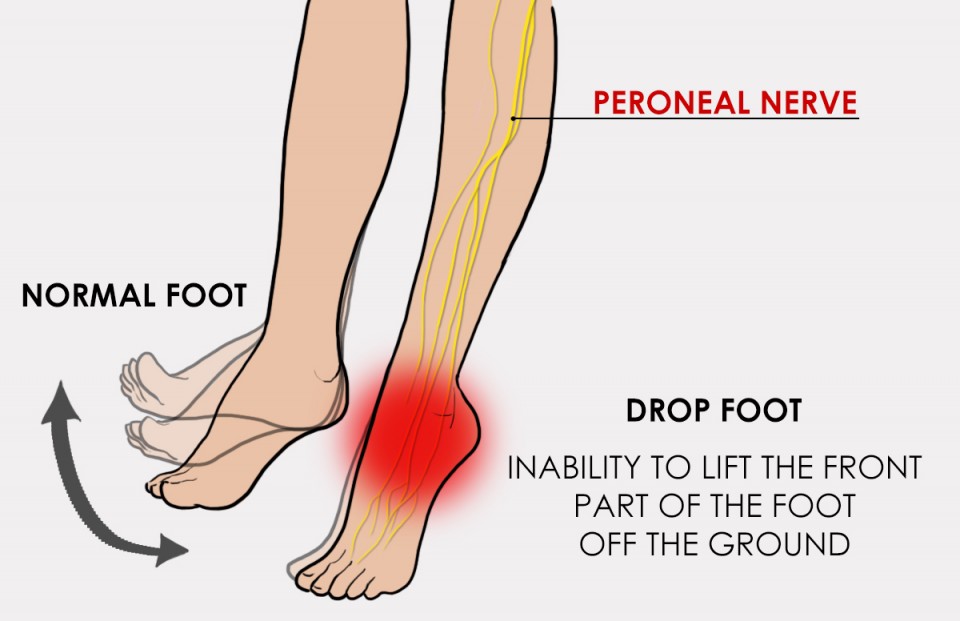The people in this thread trying to explain the calf kick away aren't really taking into account the reality that sometimes things aren't done for reasons that have nothing to do with effectiveness, but for other reasons, even irrational reasons. This applies not just to fighting but to every area in life- business strategies, techniques of videography, music trends, clothing styles etc. Sometimes things aren't done a certain way just because other people aren't doing it yet and then some influencer tries it and subsequently a trend develops somehow and it becomes a rage for a while through out all society and then goes away. And sometimes some version sticks around a long time or becomes a niche pursuit. Fighting styles aren't immune to this. MMA being a combination of several disciplines is much more open to change and rapid evolution over the last couple of decades as fighters from different backgrounds copy each other's styles or moves when they see something work, while kickboxing and muay thai seem a lot more traditional and resistant to change. Combine that with the popular narrative on this forum that MMA fighters often have mediocre striking, especially kicking, and I'm not at all surprised that people here would dismiss it out of hand rather than accept the possibility that innovation in stand up fighting could come from or through another combat sport other than kickboxing or muay thai itself.
The calf kick just happens to be the so called new strike that has been getting a lot of attention in MMA, but I've often thought that there are quite a few other techniques that are woefully underused in fighting and especially in all stand up striking sports like kickboxing. I understand that any time you go beyond the meat & potatoes basics that there are specialized skills necessary and risks associated with throwing unconventional strikes, but most kickboxers seem loathe to try anything or innovate much in any way beyond the traditional Dutch style or thai style and that's about it.
Take a technique like this front kick to the face that some people called a crane kick that Lyoto Machida famously used to highlight reel effectiveness against Vitor Belfort several years ago. The reason this isn't tried more often is that few kickboxers have a karate background like Machida and have never trained it, combined with that fact that it's considered disrespectful to put your foot on your training partner's face in practice, not because it doesn't. work when landed.
Likewise, why is there hardly ever any spinning back kicks tried and landed in kickboxing like former UFC fighter Dennis Siver did with great effectiveness? Siver didn't just start doing this when he became an MMA fighter or later when he got signed to the UFC, he obviously trained it a lot early in his development as a stand up striker in Europe and brought it with him.
Here's an old video of James Krause who actually broke Jamie Varner's ankle with a lower leg strike to show that it isn't even that new of a technique in MMA as this fight was several years ago.
The specific technique that has gotten a lot of attention lately however is what Brent Primus did to Michael Chandler in their Bellator title fight not long ago and is more focused on kicking higher than the ankle to hit the peroneal nerve and cause a temporary drop foot condition that cripples an opponent's ability to move.
This fighter Ben Egli shows some footage and explains how it happened to him in a fight in this video below just like what happened to Michael Chandler in the Brent Primus fight and how he lost control of his foot as a result.
So in conclusion I'm personally going to keep an open mind as I wouldn't be surprised to see the technique used more often even outside of MMA at some point despite the people who categorically deny that it could ever be effective in kicboxing when there are a whole host of other striking techniques that most fighters just don't bother with either.












